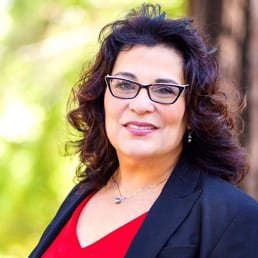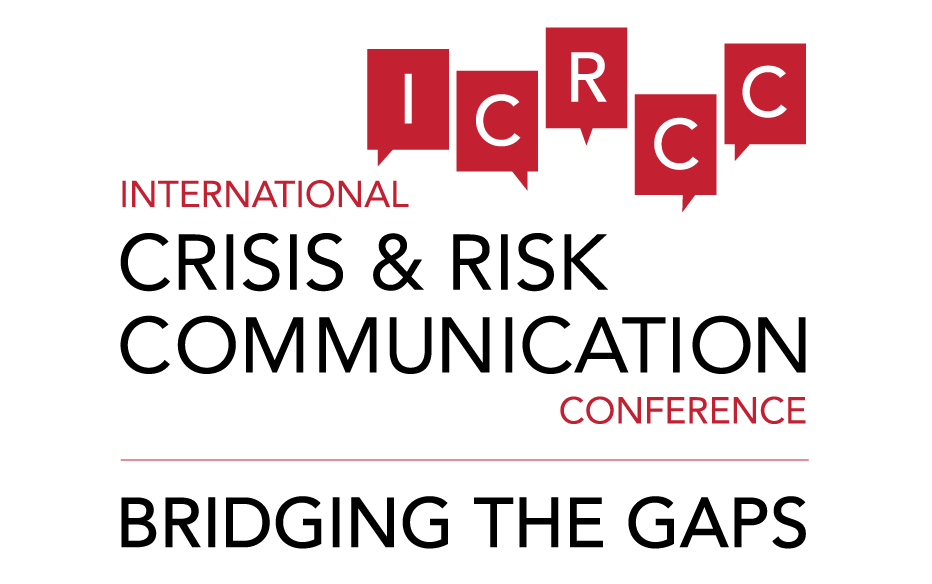
Chair
ECA Evaluation Committee
United States of America
Dr. Wood is Associate Professor in the Department of Health Science at the California State University at Fullerton. She teaches graduate and undergraduate courses in Research Methods, Statistics, and Program Design and Evaluation. Dr. Wood holds a master’s degree in Community Psychology and a doctoral degree in Public Health from the Department of Community Health Sciences in the School of Public Health at the University of California, Los Angeles. Her research focus is on risk communication for disasters, including preparedness and alerts and warnings, as well as substantial experience with program evaluation. As Chair of the Earthquake Country Alliance Committee for Research and Evaluation, Dr. Wood helped design and implement the ongoing evaluation for the “Great California Shakeout” earthquake drill. She served as Co-Principal Investigator and Lead Quantitative Investigator on a research project funded by the Department of Homeland Security, “Comprehensive Testing of Imminent Threat Public Messages for Mobile Devices” through the START Center (Study of Terrorism and Responses to Terrorism) at the University of Maryland.
Great ShakeOut Earthquake Drills: Communicating Risk, Motivating Action
Co-presenter: Mark Benthien, Director for Communication, Education, and Outreach, Southern California Earthquake Center at USC
Great ShakeOut Earthquake Drills annually now engage more than 40 million participants worldwide in practicing self-protective actions (such as “Drop, Cover, and Hold On”) and other aspects of their emergency plans. However, ShakeOut is much more than a one-day drill and is designed to motivate preparedness individually, within organizations, and across society.
ShakeOut’s approach to communicating context, urgency, and appropriate action is grounded in social science research, as well as lessons learned during the past 8 years of the campaign’s expansion. ShakeOut’s communication strategy begins with strong partnerships among partners from the social and physical sciences, and traditional emergency management practitioners, and expands to include the whole community – encouraging participants to “create their own ShakeOut.” Unified messaging resources are key to ensuring that decentralized leadership shares messages vetted for accurate and appropriate content and communications approach. ShakeOut also facilitates social cues to encourage participation, by featuring registration totals, listing registrants by category and by region, and showcasing participants via email campaigns. ShakeOut’s social media encourages individuals to engage in milling or seeking additional information and confirmation, and recruits new participants within discussions of actual earthquakes. Results from ShakeOut surveys each year show that participants are improving their overall preparedness.
In coming years, as USGS and state partners implement earthquake early warning technology along the west coast of the US, ShakeOut will become a key component of the extensive and ongoing public education initiative needed to ensure the public can understand and react within seconds of a warning. Starting with California, the state with the US’ largest earthquake risk and largest ShakeOut drill participation, ShakeOut is ideally poised to support this effort due to its existing infrastructure and broad public recognition.


